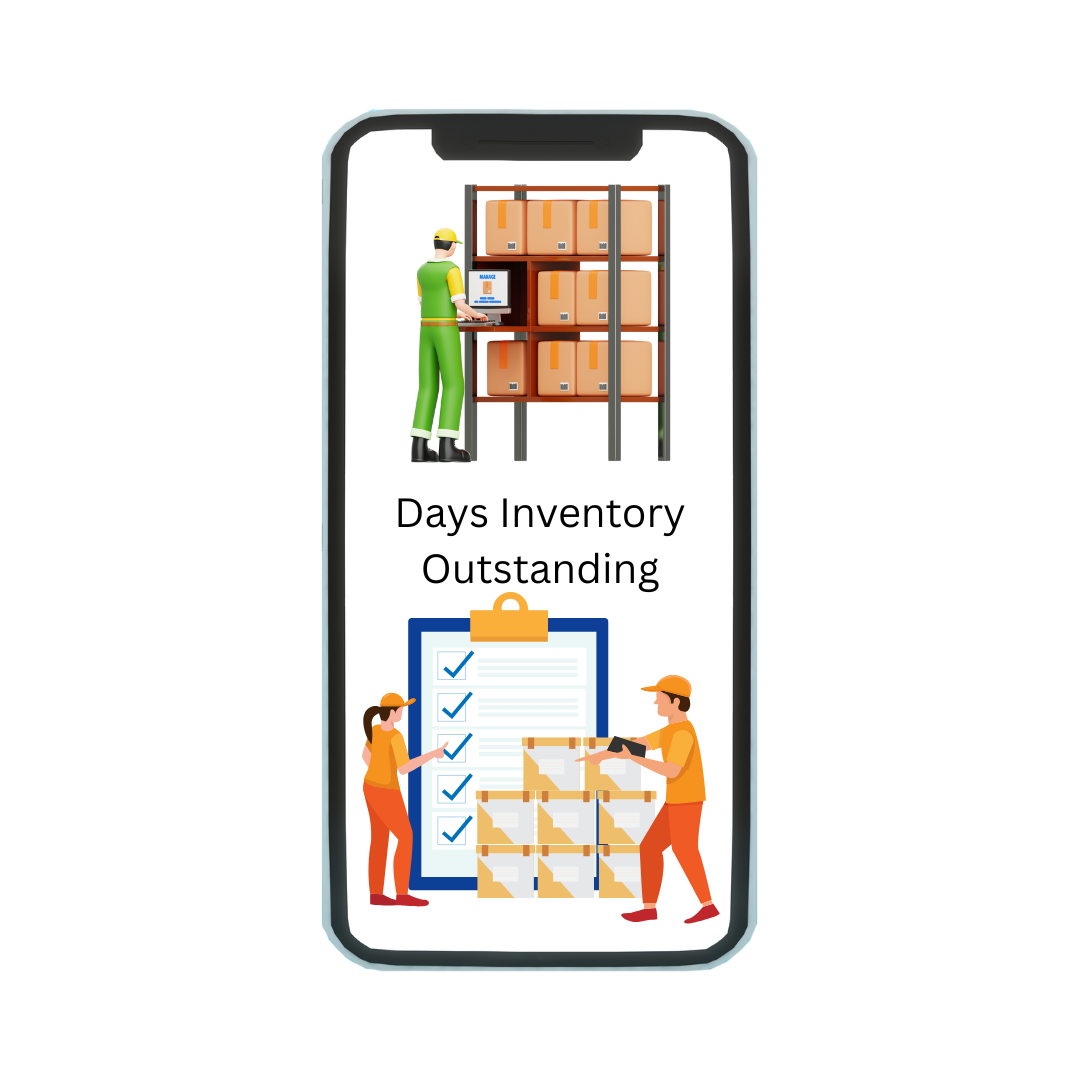The Adjusted Cost Base (ACB) is the tax term used to calculate the cost of an investment for capital gains or losses when it is sold. It represents the original purchase price of an asset, adjusted for factors such as commissions, additional purchases, reinvested dividends, and sometimes returns of capital or stock splits.
In simpler terms, it is the total cost you’ve invested into acquiring an asset, with adjustments made over time. The ACB is used primarily to determine capital gains or losses for tax purposes when the asset is sold.
What is Adjusted Cost Base?
- In the intricate world of investments, where every decision carries financial consequences, understanding the Adjusted Cost Base (ACB) concept emerges as a cornerstone for informed and strategic portfolio management. The term might initially seem esoteric, but its implications are far-reaching, significantly influencing an investor’s tax liabilities and overall financial strategy.
- Essentially, the Adjusted Cost Base represents the total cost of an investment, factoring in not only the initial capital but also additional contributions, reinvested dividends, and the inevitable ebbs and flows of capital gains and losses. This comprehensive calculation provides investors with a clear picture of the evolving value of their holdings, enabling them to make more informed decisions about when and how to buy, sell, or hold assets. As we embark on this journey into the depths of Adjusted Cost Base, we’ll unravel its components, explore the intricacies of its calculation, and shed light on its profound impact on capital gains, all to empower investors to navigate the complex terrain of investment costs with confidence.
Components of Adjusted Cost Base
- Understanding the Adjusted Cost Base (ACB) requires delving into its fundamental components, each playing a crucial role in determining the actual cost of an investment. The initial investment, often the starting point for any financial endeavor, forms the base of the ACB.
- This includes the capital deployed at the outset of the investment journey. However, the ACB evolves beyond the initial contribution, encompassing additional investments. These supplementary contributions, whether periodic or sporadic, contribute to the overall ACB and shape the investment’s financial landscape.
- Reinvested dividends are also prominently featured in the ACB calculation. As dividends are earned, the decision to reinvest them back into the investment rather than receiving them as cash affects the ACB. This reinvestment adds to the overall cost of the investment, impacting the subsequent capital gains and losses. Finally, the inevitable fluctuations in the market result in capital gains or losses, further molding the ACB. These gains and losses reflect the changing value of the investment and, in turn, influence the investor’s tax liability.
Calculating Adjusted Cost Base
- Calculating Adjusted Cost Base (ACB) is akin to deciphering a financial puzzle, where precision is paramount. At its core, the ACB is determined by considering the initial investment, additional contributions reinvested dividends, and the capital gains or losses incurred over time. The basic formula involves adding the initial investment to subsequent contributions and reinvesting dividends while subtracting capital losses. The resulting figure forms the foundation of the ACB, representing the total cost incurred by the investor in holding a particular asset.
- To illustrate, let’s consider a hypothetical scenario: an investor purchases shares in a company, initially investing a certain amount. Over time, they decide to make additional investments and reinvest dividends earned from the initial holding. As the market fluctuates, the value of the shares experiences capital gains or losses. The ACB accounts for all these elements, providing a comprehensive view of the investment’s cost.
Impact of ACB on Capital Gains
- The Adjusted Cost Base (ACB) wields significant influence over an investor’s capital gains, acting as a critical determinant in the intricate dance of financial outcomes. Understanding this impact is crucial for investors seeking to optimize their returns and manage tax liabilities effectively. By strategically managing the components of the ACB, investors can lower their tax liability when selling investments, maximizing the gains realized from their holdings.
- Effectively, a lower ACB translates to a higher capital gain when the investment is sold. This increases the overall return on investment and positions the investor for more favorable tax treatment. Savvy investors keen on minimizing tax consequences often employ strategies to optimize their ACB. These strategies may include careful timing of additional investments, strategic decisions regarding reinvested dividends, and proactive management of capital gains and losses.
Common Mistakes to Avoid
- Navigating the Adjusted Cost Base (ACB) demands a keen eye for detail, as common pitfalls can undermine the accuracy of calculations and, consequently, impact investment decisions. One prevalent mistake is the oversight of reinvested dividends. Investors sometimes need to pay more attention to account for the additional shares acquired through dividend reinvestment, leading to an inaccurate ACB. Recognizing and factoring in these reinvestments is pivotal for comprehensively understanding the total investment cost.
- Another common misstep involves the misinterpretation of capital gains. Investors might erroneously calculate gains or losses, overlooking critical details influencing the ACB. This misinterpretation can lead to misguided decisions, potentially resulting in unfavorable tax consequences. To avoid these pitfalls, investors should carefully approach ACB calculations, ensuring all relevant elements are considered.
ACB in Different Investment Types
The concept of Adjusted Cost Base (ACB) transcends the boundaries of specific investment types, making its presence felt across diverse financial instruments. Understanding how ACB operates in different contexts is pivotal for investors navigating various avenues of wealth creation.
- Stocks:
In the realm of stocks, ACB encapsulates the initial purchase, additional investments, and reinvested dividends. The impact of capital gains and losses on the ACB is pronounced in stock investments, influencing tax liabilities and overall returns.
- Mutual Funds:
Mutual funds introduce an additional layer of complexity to ACB calculations. Beyond the initial investment, investors must consider the fund’s distribution of capital gains, dividends, and interest. Reinvesting distributions further complicates the ACB dynamics, emphasizing the need for meticulous calculation.
- Real Estate:
In real estate, ACB extends beyond the property’s purchase price. Additional investments, renovations, and any capital gains or losses incurred over time contribute to the property’s adjusted cost. Accurate ACB calculation is crucial for making informed decisions about selling or holding real estate assets.
Understanding the nuances of ACB in different investment types empowers investors to tailor their strategies to specific contexts. Whether engaging in the dynamic world of stocks, navigating the complexities of mutual funds, or venturing into real estate, a nuanced comprehension of ACB ensures a more informed and strategic approach to investment management.
Reporting ACB for Tax Purposes
Regarding taxation, accurate reporting of Adjusted Cost Base (ACB) holds paramount importance for investors. The precision with which an investor reports their ACB can significantly impact their tax liabilities, making it a critical aspect of financial management.
- Importance of Accurate Reporting:
Accurate reporting of ACB is essential for providing tax authorities with a clear and truthful representation of an investor’s financial transactions. Any discrepancies or errors in the ACB reporting can lead to unintended tax consequences, potentially resulting in penalties or audits.
- Tax Implications of Incorrect ACB Reporting:
Incorrect ACB reporting can have cascading effects on an investor’s tax obligations. Inflated or underestimated ACB figures can lead to miscalculations of capital gains or losses, affecting the taxable income. Ensuring precise reporting is not just a matter of compliance but a strategic approach to minimizing tax liabilities.Investors should adopt a meticulous approach to ACB reporting, keeping detailed records of all transactions, additional investments, reinvested dividends, and changes in the investment landscape. Employing the services of financial professionals or utilizing reliable software tools can further enhance the accuracy of ACB reporting. By doing so, investors can confidently navigate the intricate web of tax regulations, ensuring their financial records align with regulatory expectations.
Tools and Resources for ACB Calculation
Navigating the complexities of Adjusted Cost Base (ACB) calculations is made more manageable with various tools and resources. These tools simplify the calculation process and contribute to accurate and informed decision-making for investors.
- Online Calculators:
Several online platforms offer specialized ACB calculators tailored to different types of investments. These calculators streamline the computation process, considering initial investments, additional contributions, reinvested dividends, and capital gains or losses. Utilizing these tools ensures accuracy and efficiency in determining the ACB of an investment.
- Financial Advisory Services:
For investors seeking personalized assistance, financial advisory services provide a valuable resource. Financial advisors possess the expertise to guide investors through the intricacies of ACB calculations, offering insights into optimizing investment strategies and minimizing tax liabilities. Their knowledge and experience can be particularly beneficial in complex financial scenarios.
Conclusion
- Moreover, recognizing the applicability of ACB across different investment types, from stocks to real estate, empowers investors to tailor their strategies to specific contexts. Reporting ACB accurately for tax purposes is a compliance requirement and a strategic move to optimize financial outcomes. With tools like online calculators and financial advisory services guidance, investors can confidently navigate the intricate terrain of ACB. As we conclude this exploration, the overarching message is clear: a profound comprehension of Adjusted Cost Base is the compass guiding investors through the complexities of investment costs, facilitating informed decision-making, and fostering financial resilience in the ever-evolving landscape of the market.








